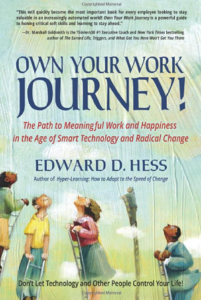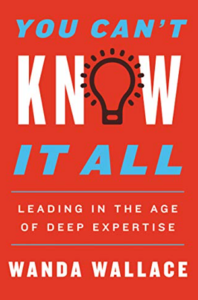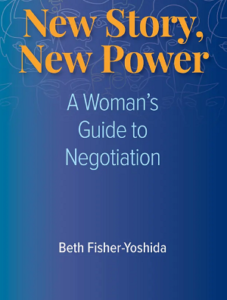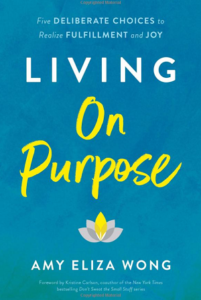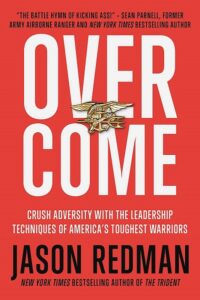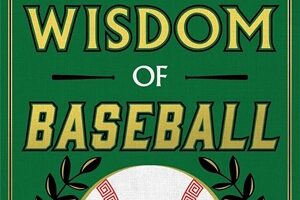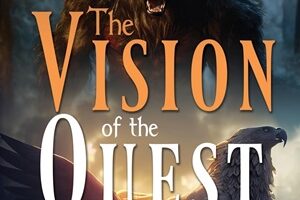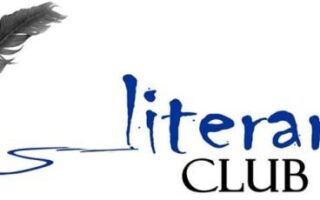
Murray Sabrin, Ph.D. is a man of his word. A man of his word in the sense that he knows of what he speaks, and doesn’t get things twisted with flowery rhetoric or the kind of chest-thumping, ego-facing presentational style of many other books within the leadership advice subcategory. When one typically thinks of a leadership advice book, ironically one goes to the most simplistic and inflammatory of examples.
ABOUT THE AUTHOR: https://en.wikipedia.org/wiki/Murray_Sabrin
Think The Art of the Deal written by Donald Trump and Tony Schwartz, or Think Big and Kick-Ass: In Business and In Life. It’s rare these days to come across as a read feeling as meticulously researched, substantially and evidentially supported, and as clear and succinct as Sabrin’s Navigating the Boom/Bust Cycle: An Entrepreneur’s Survival Guide. As highlighted in the subtitle, the book is essentially a step-by-step, how-to guide on navigating a post-modernist, entrepreneurial landscape. The game, Sabrin cannot state enough, has irreversibly changed. This is due to a variety of environmental factors, include long and detailed passages concerning how a post-modernist economy has impacted the business world exponentially for the last couple of years. But at its core the book has something uniquely interesting and qualified to say.
Effectively one’s success is measured not just by how much one expands and solidifies their corporate enterprise, but how they fare subsequently in a world where the tenets supporting said enterprise fail. Preparation for both the best and the worst, the foreseeable and the unforeseeable, are the names of the game as far as Dr. Sabrin is concerned. They form the grail upon which a post-modernist definition of success rests. The hypothetical questions Sabrin isn’t afraid to pose without answers add to the heft of such an argument. After all, it’s the unforeseeable really counting above all else. Just tell that to the numerous institutions hit by the Great Depression, the Financial Crisis of 2008, and now the Covid-19 pandemic since the year 2020. Add to the mix the age-old, defining competitiveness synonymous with the word ‘business’, and you couldn’t make the relevancy of the points any clearer.
“If competition is a ‘war,’ then there are plenty of landmines so to speak that could pose as lethal or debilitating Threats—factors that can harm performance and undermine a business’ future,” Sabrin writes. “An impending recession, foreign competition, financially stronger competitors, new technology, or obsolete product or service could threaten a company’s future, as well as competitors poaching its management and technical experts. Moreover, is the market for the company’s products or services decelerating? Are the marketing experts unaware of changing tastes and demographic shifts that are impacting the company’s sales and bottom-line?”
AMAZON: https://www.amazon.com/Navigating-Boom-Bust-Cycle-Entrepreneurs-ebook/dp/B097J4KW1B
Any great writer will tell you that showing, rather than telling the reader ensures a solid and memorable reading experience. Despite writing something definitively nonfiction, Sabrin is wise to employ those same tactical principles when it comes to how he fashions and designs the narrative. While the book isn’t intended for anyone other than its targeted, and presumably knowledgeable audience base, he keeps you within the fold independent of your relevant interests. That, coupled with the book’s core messaging, is what sets Navigating the Boom/Bust Cycle truly apart from its peers.
Cyrus Rhodes



